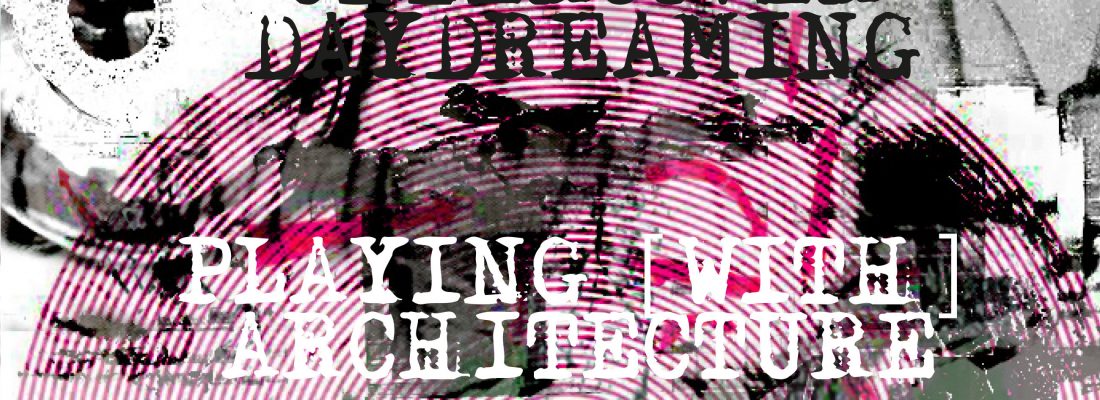
Disasters and fragments of the Anthropocene will be transformed into some sort of life-action multiplayer ‘game in a box’. The “Anthropogame” should allow a speculative, fictional approach towards a more sustainable future; or our own demise – for the future is as unpredictable as playing a game.
The potential that games bring to architectural production is an open-endedness that seeks to not simply validate a preconceived idea, but instead tests it and creates opportunities for change.“ (Riano, 2016)
Within this thesis not just escapist fantasies are created but desires and dreams get an outlet in a context, where through defamiliarization they get to come to the forefront, are addressed, and articulated. As Liam Young puts it, we are “reframing the familiar world that we know so then start to look at the world we think we know in unexpected ways” (Young, 2019, 41:59). The “Anthropogame” works through its “Anthropokit”. This kit includes several very basic ingredients necessary for a playful experience, is easy to assemble and helps shed light on our fears, hopes and hidden longings, something very often articulated in our dreams; making us an undercover daydreamer wandering the city comprised of an imagined architecture “with the capacity to affect change” (Young, 2019, 28:16). It is a speculative journey–a miniature experience–for urban explorers and wanderers through the anthropogenic cityscape of tomorrow. It is a kind of futurespective that offers help in an interactive way to gain a better understanding of the possible challenges a city might face in the future.
It is the result of an idea to venture out into the contemporary city and literally becoming daydreamers, wandering, uncovering alternative worlds –the city’s desires and dreams. Just like Poliphilio in the Hypnerotomachia Naturae was dreaming his architecture, here, we are dreaming the possible futures of our cities. Weaving a new, urban fabric, threadlike over the city, impersonating our dark forest, mythical, exploring narratives that have yet to be told. “We are prototyping the spaces we are designing, we can inhabit them, live within them in the same way we live within game worlds” (Young, 2019, 42:02).
